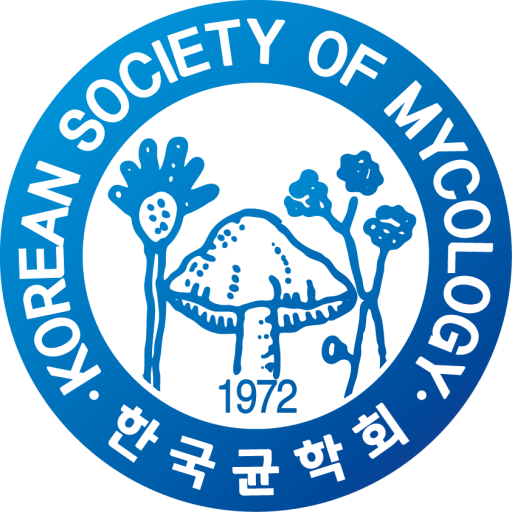Targeted Gene Editing for Enhanced GA Production in Ganoderma lingzhi
Hyerang Eom and Hyeon-Su Ro*
Department of Bio&Medical Bigdata (BK21plus) and Research Institute of Life Sciences, Gyeongsang National University, Jinju, Korea
*Email: rohyeon@gnu.ac.kr
Ganoderma lingzhi have been used in Asia as medicinal mushroom because they produce useful secondary metabolites such as polysaccharides, ganoderic acids(GAs) and triterpenoids. Especially, GAs exhibits anti-inflammatory, anti-cancer, and anti-microbial activities. In order to regulate GA biosynthesis in G. lingzhi, gene editing was performed on overexpressed genes involved in the GA biosynthetic pathway, such as cytochrome P450 monooxygenase (CYP) and catechol 1,2-dioxygenase (CAT), identified through transcriptome analysis. To disrupt this gene, dedikaryotization was conducted to isolate two monokaryotic strains, and each monokaryon was transformed independently. Cas9-gRNA RNP complex introduced into protoplasts with deletion cassettes containing homologous arms by PEG-mediated transformation. As a result, from monokaryotic strain M2, 8 and 1 transformants were obtained for the CYP2 and CYP3 gene edits, respectively, and 4 transformants for the CAT gene edit. From monokaryotic strain M27, 4 transformants each were obtained for CYP2 and CYP3. After confirming the transformants, dikaryotic strains were obtained by mating the monokaryotic transformants each other. The gene-edited dikaryotic strains cultured and harvested under the different conditions for analysis of the individual GAs produced. Reversed phase HPLC(RP-HPLC) analysis was performed to compare genetically edited strains and the wild type using standard(ganoderic acid A, ganoderic acid B, ganoderic acid D, ganoderic acid F) as references.

 English
English